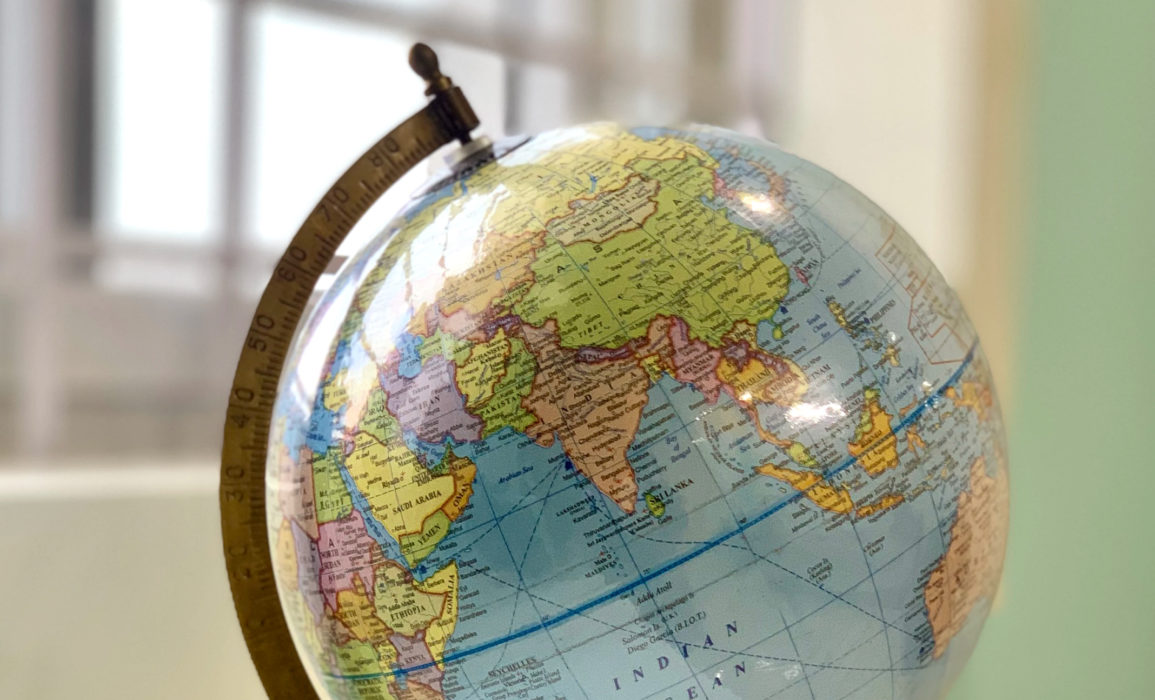International Treaty Law & Modern Slavery
Julie Gulledge
Vol. 39 Associate Editor
Today, human trafficking remains the fastest-growing criminal activity in the world, generating billions of dollars annually and enslaving an estimated 46 million people.[1] States have been working together to combat slavery and human servitude for over two centuries: Sovereign states began to pass legislation banning the slave trade from the early 1800s. And in 1926, the Slavery Convention was ratified by the League of Nations.[2] Has International Law been effective in combatting slavery? The Slavery Convention was a major condemnation of slavery on a global scale. Although the treaty contributed towards the creation of an illegal market for slave labor, it provided a definition of slavery at the level of international law [3] and helped to coordinate efforts to prevent and suppress the slavery industry. In its day, the Slavery Convention reflected an expanding global consensus and the legal codification of a hard-won international norm. In 1945 the United Nations was formed, and three years later the Universal Declaration of Human Rights (UDHR) was adopted.[4] The UDHR strengthened the normative attacks on slavery at the international level[5] by clearly identifying slavery as a violation of Human Rights. In 1976, two more instruments joined the global fight against slavery: the International Covenant on Civil and Political Rights (ICCPR) and the Optional Protocol to the Abolition of Slavery, both introduced by the United Nations Human Rights Office of the High Commissioner (OHCHR).[6] These international instruments have helped establish slavery as a violative of jus cogens and customary international law. Today, the battlefield against slavery has expanded into the prevention of Human Trafficking. The principal treaty aimed at combatting human trafficking today is the Convention against Transnational Organized Crime. This Convention is accompanied by three protocols, including The Protocol to Prevent, Suppress and Punish Trafficking in Persons, especially Women and Children, or the Palermo Protocol.[7] The Palermo Protocol establishes firm requirements for member states and calls for coordination against human trafficking, among other transnational crimes. It calls for comprehensive international cooperation “to prevent and combat trafficking in persons.”[8] Specifically, the instrument calls for global coordination of media campaigns, increased research, social and economic initiatives, law enforcement and immigration information exchange, and specialized border measures. The Palermo Protocol was the first to recognize that slavery had evolved and that there was an intelligent, complex network of criminals driving the modern industry. The Palermo Protocol has encouraged states to establish systemic strategies to prevent the smuggling of people into their countries for exploitation. For example, the United States Department of State established the Victims of Trafficking and Violence Protection Act of 2000, aimed at preventing human trafficking and violence against women. The act outlines tactics for the prevention of trafficking, protection services for victims, a and strengthens prosecution efforts against traffickers. The U.S. Treasury Department has a department, The Financial Crimes Enforcement Network (FinCEN), which has an established program in collaboration with financial institutions designed to catch red flags that may “indicate financial activity related to human trafficking.” [9] However, even with such complex systems in place to prevent these crimes, human trafficking and slavery persist. Many countries are unable to focus their efforts on preventing human trafficking and slavery in their state. For example, there are an estimated 18,354,700 people in slavery in India today.[10] Thus, while it is difficult to assess the practical worth of the treaties prohibiting slavery and human trafficking, at an abstract level, international instruments have proven to be effective to re-enforce shared norms at the global level. However, government action at the domestic level remains an important piece of the on-going battle against slavery. Today, 124 governments have criminalized human trafficking in compliance with the Palermo Protocol, 96 governments have developed National Action Plans (NAPs) to coordinate government response to human trafficking and slavery events, and 150 governments provide service to victims of modern slavery.[11]
[1] The Global Slavery Index 2016, https://www.globalslaveryindex.org/findings/, (last visited Oct. 23, 2017). [2] Convention to Suppress the Slave Trade and Slavery, Sept. 25, 1927, 60 LNTS 253, http://www.ohchr.org/EN/ProfessionalInterest/Pages/SlaveryConvention.aspx. [3] Jessica Bell, Contemporary Slavery and International Law 36, https://www.du.edu/korbel/hrhw/researchdigest/slavery/law.pdf (last visited Oct. 23, 2017). [4] G.A. Res. 217 (III) A, Universal Declaration of Human Rights (Dec. 10, 1948). [5] Id. at art. 4 [6] United Nations International Covenant on Civil and Political Rights, Mar. 23, 1976, 999 U.N.T.S. 171. [7] United Nations Convention Against Transnational Organized Crime, opened for signature 12 Dec. 2000, UN Doc. A/55/383 (2000). [8] United Nations Human Rights Office of the High Comm’r, Human Rights and Human Trafficking Fact Sheet No. 36, at 53 (2014) http://www.ohchr.org/Documents/Publications/FS36_en.pdf. [9] U.S. Dep’t of the Treasury, Fin. Crimes Enforcement Network, FIN-2014-A008, Guidance on Recognizing Activity that May be Associated with Human Smuggling and Human Trafficking–Financial Red Flags (Sept. 11, 2014), https://www.fincen.gov/sites/default/files/shared/FIN-2014-A008.pdf. [10] The Global Slavery Index 2016, supra note 1. [11] Id.


